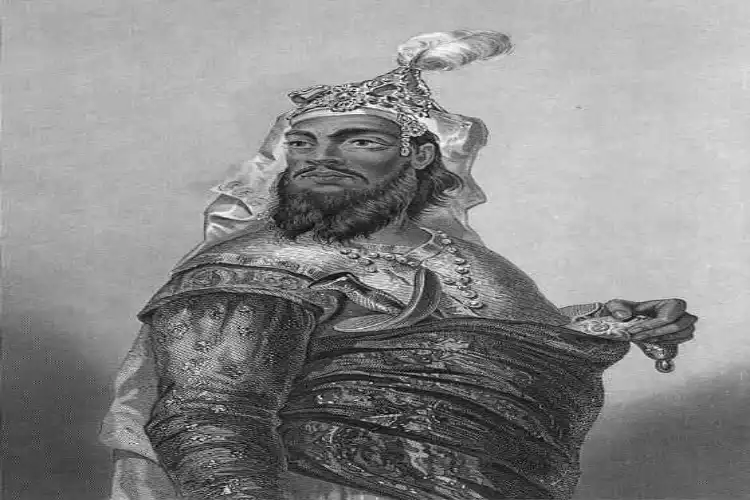
Saquib Salim
The commissioner of Patna wrote to higher authorities in June 1857 that in the future, “No Rajpoots, Brahmins or Mohammedans are to be admitted” in the police force. This proposal is evidence of the fact that the First War of Independence fought in 1857 was a joint effort of these three social groups. This was the beginning of the policy where the British government started dividing Indians along with castes and religion. Previous classifications were transformed into water-tight compartments resulting in inter-religion, inter-caste, and inter-linguistic violence. The British left the country in 1947 but these divisions remained and were rather reinforced by different political groups.
On April 23, when the government is celebrating Kunwar Singh Jayanti as part of Azadi ka Amrit Mahotsav, journalists and commentators under the spell of this very colonial hangover are using terms like ‘Hero of Bihar’ or ‘Rajput Leader’. Kunwar Singh, or for that matter any other freedom fighter who fought in 1857, are our national heroes who should not be divided into narrow camps. In a previous article, I pointed out how Kunwar Singh was planning to overthrow the British government much before 1857 and several Muslims were part of this plan.
On May 10, 1857, sepoys of the English East India Company Army rose up in revolt at Meerut and captured Delhi. This was a well-thought-out plan to free India from the foreign rule. Bahadur Shah Zafar, Nana Sahib, Azimullah, Tantya Tope, Maulvi Ahmadullah Shah, Kunwar Singh, Begum Hazrat Mahal, Fazl-e-Haq Khairabadi were some of the prominent leaders to plan this.
Kunwar Singh of Jagdishpur was assisted by Zulfiqar, his advisor, and right-hand man, in this plan. He talked about a plan to march towards Meerut in a letter written in August 1856 to Zulfiqar. These letters reveal that the army had to be divided into two where one was under the command of Kunwar Singh while the other was by Zulfiqar. The fighting in Arrah started in the last week of July 1857.
In June 1857 after Delhi had been liberated the Commissioner of Patna arrested Shah Mohammad Hossain, Moulvi Ahmadullah, and Moulvi Waiz-ul-Haq. They were invited for dinner and arrested. Soon after a similar invitation was sent to Kunwar Singh as he was supposed to be an ally of these leaders of Patna. But an alarmed Kunwar Singh did not go.
British intelligence found out that a week before that Ali Karim, an influential leader of 1857 from Patna, visited Kunwar Singh to strategize the mutiny at Danapur cantonment on 25 July. After the fighting started Ali Karim and Mushruf Khan led their armies which fought along with Kunwar Singh’s army. With such widespread support and the nationalist feeling soon Arrah was liberated. Kunwar Singh installed a civil government with “Shaikh Ghulam Yahea as Magistrate. Shaikh Muhammad Azimuddin, an inhabitant of Milky Tola in the town of Arrah, was appointed Jamadar (treasurer) of the eastern thana: Turab Ali and Khadim Ali, sons of Dewan Shaikh Afzal, were made Kotwals (Police officers in charge of a city)”
Also Read: Hindu Muslim Unity on Ram Navami led to Jallianwala Bagh Massacre
It is another part of history that with the help of Indian traitors the British succeeded in defeating Indian forces and recaptured Arrah, Delhi, Lucknow, Jhansi, etc. But what we should learn is that this great war of independence teach us about Hindu Muslim unity and a terrified colonial government adopted divisive policies to make these two communities enemies of each other. Those who practice similar divisive politics are the spiritual successors of those foreign rulers.
